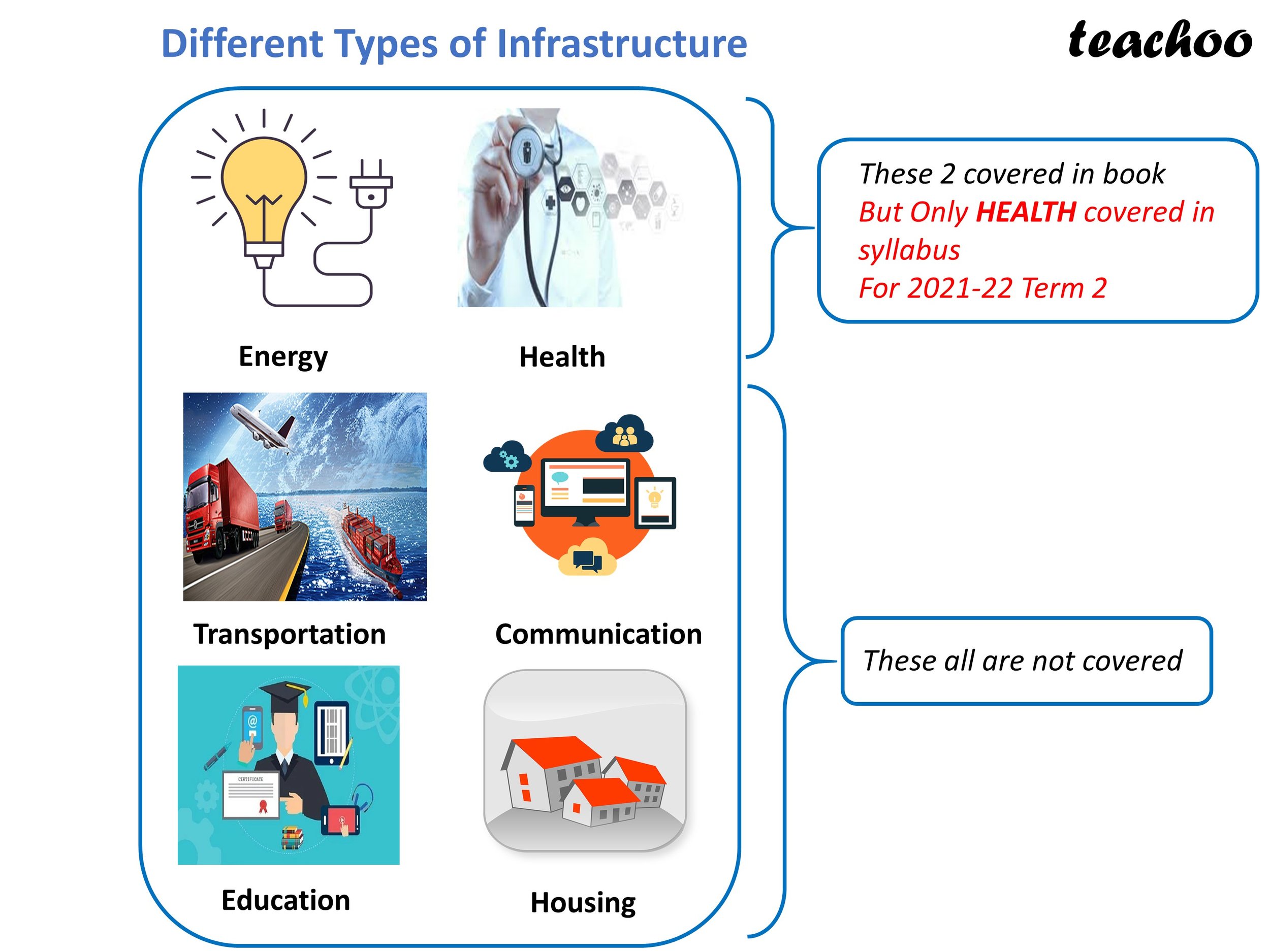An Axion of Energy Infrastructure
/As I continue indulging in thoughts on the unlimited topic of energy infrastructure, a particular thought has continually bubbled up. It will never go away. I am going to call this (the first) Axiom of Energy Infrastructure.
And here it is:
Everything is interdependent and mutually reinforcing. All human energy infrastructure is interconnected and mutually reliant and inseparable, and changes in one area can have massive effects on the rest of the system. Sometimes these effects are known, anticipated, and planned for – and profited from. That’s good when that happens!
Sometimes they are completely unanticipated – and even the smartest people in the world fail to anticipate the effects. When that happens, some sort of severe cost follows. Sometimes disaster follows.
But everything is interdependent and mutually reinforcing.
For example, the development of renewable energy sources such as wind and solar power is heavily dependent on advances in energy storage technologies. But these advances are not yet in the system, at least yet in the scale and strength adequate to match the generation capabilities of wind and solar. And without additional advances in storage, wind and solar will not be able to provide a reliable and consistent source of power to an existing, urban, heavily used electricity grid without natural gas back up (and thus additional cost).
Similarly, the expansion of electric vehicle infrastructure is heavily reliant on the development of a robust, reliable and widely distributed charging network. If there are not enough charging stations available, or if the charging process is too slow, consumers will be hesitant to adopt electric vehicles, which will in turn slow down the growth of the electric vehicle market.
Furthermore, energy infrastructure is also deeply intertwined with other areas such as transportation, manufacturing, and agriculture. Improvements in energy efficiency in the transportation sector – if big enough to send that signal to the market - can lead to reduced demand for oil, which in turn can impact the price of oil and the profitability of oil producers. But as the price of oil goes down, other buyers step in the snatch up the oil at bargain prices, and then use that “found energy” to innovate – which in turn leads to additional productivity showing up somewhere else in the global economy. This happens precisely because everything is interdependent and mutually reinforcing.
Ultimately, the interdependence and mutual reinforcement of our energy infrastructure highlights the need for a holistic and integrated approach to energy investment and energy policy. Which means incentives need to be aligned and win win win solutions continually crafted.
Nothing about this is easy.
I would end by noting that politicians who become energy policy makers seem to have – what shall we say – a distorted and rather limited incentive system?
Their goal if elected is to get re-elected.
Their goal if an unelected bureaucrat is to stay employed. This incentive structure tends to encourage things other than problem solving, innovation, efficiency, and long term sustainability (which must include financial sustainability). It encourages, in fact, the opposite: problem permanence, stagnation, hiding of costs and trading of favors rather than price-based transactions.
On the other hand, energy investors want a return on investment and planning and investment is basically agnostic when it comes to a particular energy technology or infrastructure. While the incentive system for investors is not perfect – we will discuss Enron at the appropriate time – it seems to be far more robust, holistic, responsive and future-oriented than political incentives.
But to get back to the main topic, the point of this interlude is to state this Axiom and to commit it to memory and to internalize it: Everything is interdependent and mutually reinforcing.



